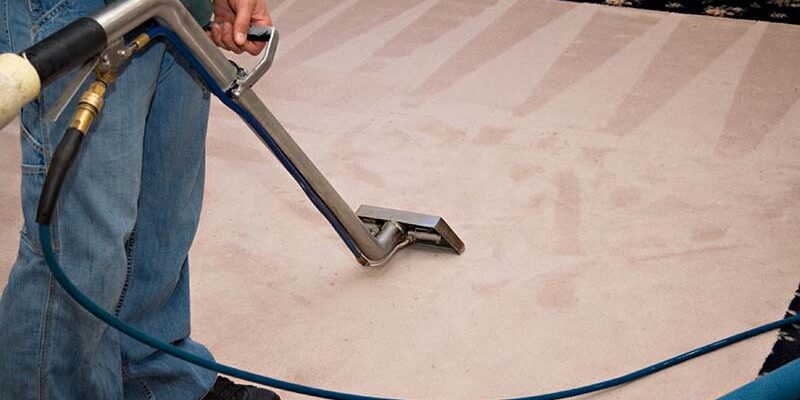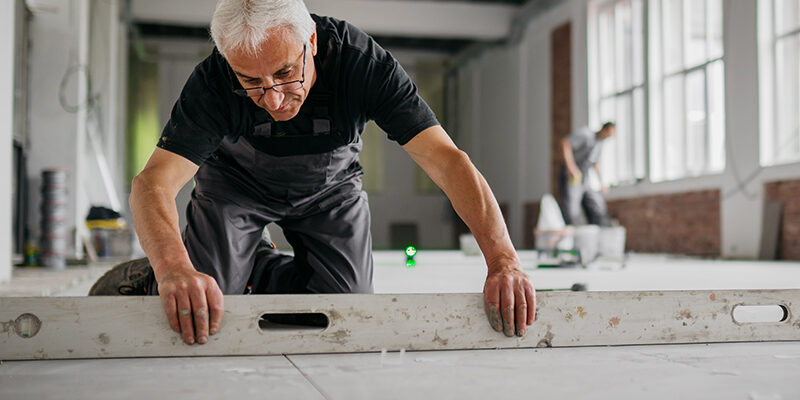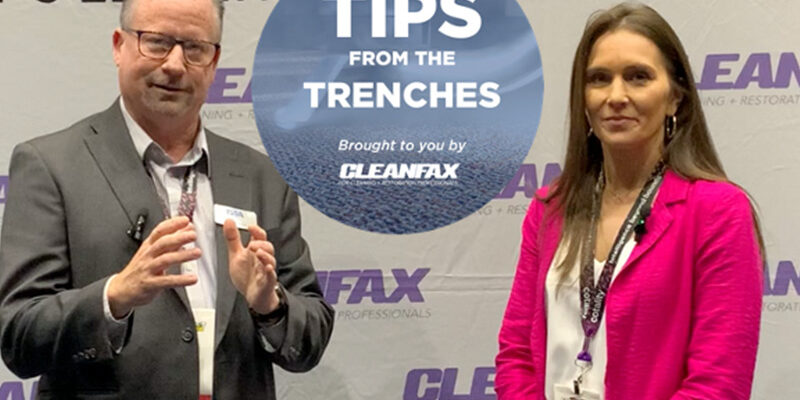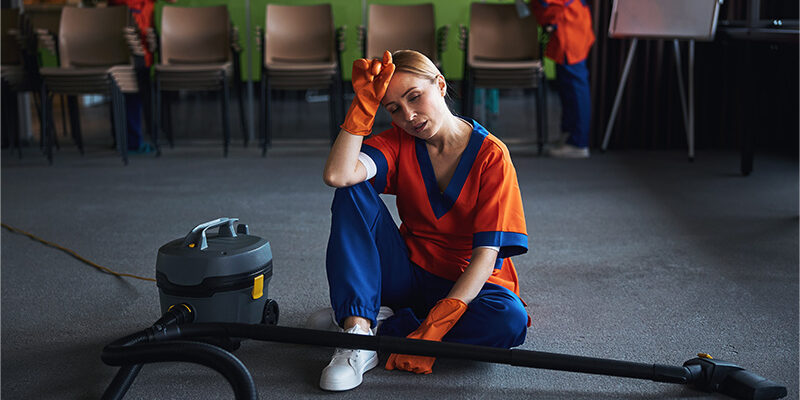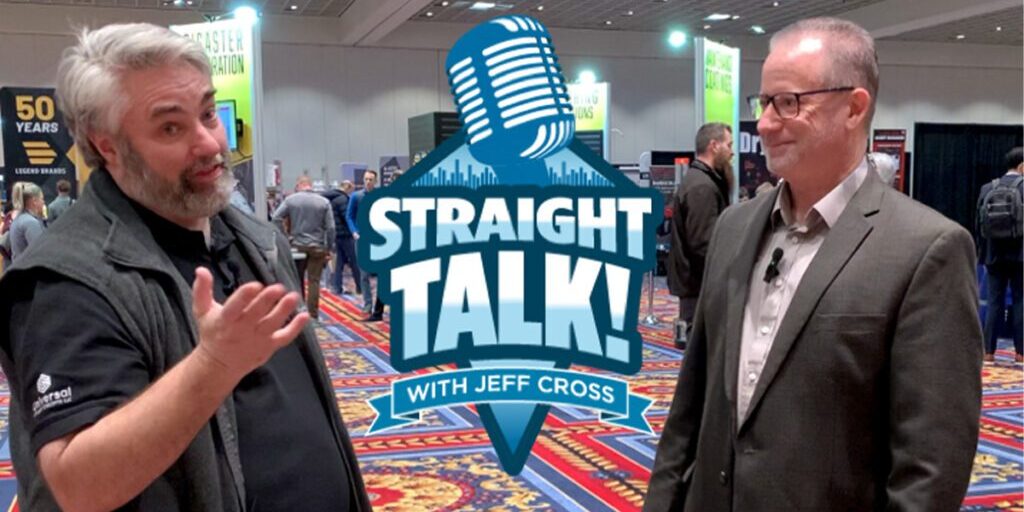Self-Cleaning Carpet
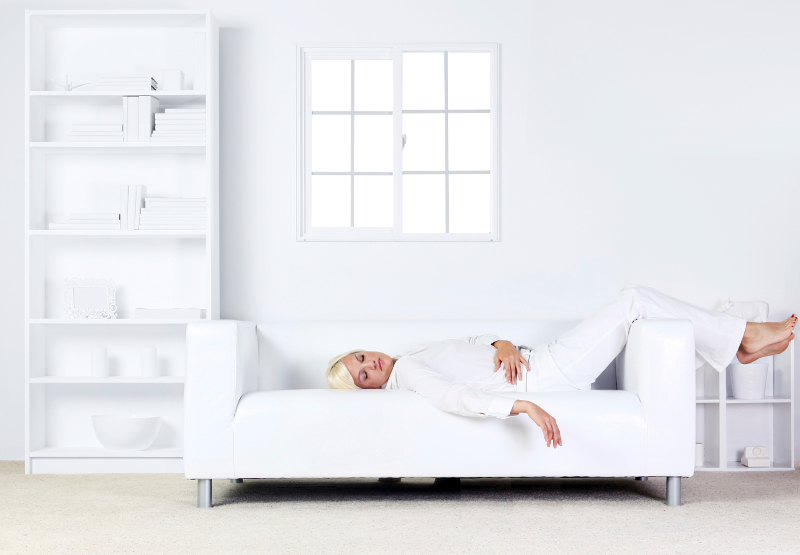
by Bill Griffin
The first time I heard the term self-cleaning was in 1995 at an Indoor Air Quality symposium in Seattle.
One of the speakers mentioned the self-cleaning of air, as it passed through an air duct. Since I had never heard of self-cleaning, I cornered the gentleman after the talk and hit him up with a few questions, which resulted in my writing an article on Self-Cleaning Surfaces to Become a Reality? in the September/October 1996 issue of Cleanfax.
I have come across at least six different practical applications of self-cleaning technology, and my guess is that you will see the release and marketing of self-cleaning carpet and other fabrics.
In fact, I believe we are already seeing manufacturers edging closer to the marketing of self-cleaning carpet. An example of this is in the warranties for PET fibers. Shaw Industries now warrants the PET product they sell against basically all common household stains, including pet urine.
Another indicator is the recent development of self-cleaning fabric for use as tenting material, roofing and military uniforms. Lastly, the carpet and fiber manufacturers are desperate for a new and flashy innovation that their marketing departments can use to revive what has been a 10-plus year slide in the sales of wall-to-wall carpeting.
Now versus then
The technology and science in 1995 was primarily based on what is known as photocatalytic cleaning.
Titanium dioxide (TiO2) is applied to a surface in such a way that when the surface is exposed to UV rays (sun or light), oxidation takes place, killing living organisms and basically bleaching the color out of the soil. The soil isn’t gone, but it is no longer visible and microbial growth is inhibited. This is similar to the reaction when bleach is applied to a surface or acid spotter is applied to rust.
The process originally could only be used on hard surfaces like glass, porcelain and ceramic tile. It was limited to white. It had to be baked on the surface in high heat ovens.
Fast forward to today and you have third generation titanium dioxide (TiO2) products that offer color and clear options, lower cost and curing temperatures and treatments that can be applied to soft flexible materials, such as fabrics.
New formulations can be applied on-site as topical treatments for VCT, concrete, wood flooring and other surfaces.
Other technologies have also made advances in the last 10 years that bring self-cleaning closer to reality. This includes such things as robotics, super-hydrophilic and phobic coatings, nanotechnology and bionics, bio-mimicry (lotus effect/texturization/micrometric architecture of surfaces) and hybrid water (oxidation, ionization, cavitation, vapor).
The benefits of these innovative technology processes include: Lower maintenance costs and a longer life cycles, green and sustainable benefits, less water and chemical use and ease and effectiveness of cleaning.
Reality versus marketing hype
Today’s technology is fairly rudimentary. Actual complete or deep self-cleaning doesn’t take place.
With the titanium dioxide coatings, if the surface is soiled to the degree that the UV rays (light) can’t get through to the reactive coating, the process doesn’t work.
This small detail doesn’t stop manufacturers from marketing their products as self-cleaning, and technology won’t stand still. During the next 20 years, major unimaginable advances will make tomorrow’s processes far more effective and closer to true self-cleaning surfaces.
Some of the new technology may be integrated into cleaning equipment and treatments for homeowner and commercial use. Imagine a truckmount wand or vacuum cleaner with a UV light or laser instead of, or in addition, to water vapor jets.
More than cleaning
The challenge for small business owners is to find ways to educate consumers about the benefits of using in-home professional cleaning services in order to further extend the life of their carpet and furnishings and to protect their health.
The success of using a professional cleaning service is more about the experience than it is about the actual work being done. When you interview consumers, they seldom mention the equipment or products that were used, although they often remember the appearance of the vehicle that was parked in front of their home.
What they remember and talk about (positive or negative) is the demeanor, behavior, dress and interaction with the technician who did the work and the person they spoke with on the telephone. It is all about customer service.
For long term growth and financial success, business owners need to focus their attention on quality control, ongoing employee training and continual process improvement, as these things provide the most potential for a positive impact on the customer’s experience, which increases the opportunities for repeat business and referrals.
Changing times
When I first mentioned that I thought self-cleaning carpet would soon hit the market, the supplier I was having dinner with almost went into cardiac arrest.
Like everything else, there will be losers and there will be winners. I don’t see professional carpet cleaning going away anytime soon, but it will undoubtedly change and evolve in the future.
Whether it’s for the good or the bad will depend on how the industry and individual business owners react to these changes.
Who knows, self-cleaning carpet could turn out to be the best thing that ever happened to the carpet cleaning industry and small business owners.
What I do know is that change will continue, the pace will quicken and those who prepare for and embrace it will do better than those who ignore the inevitable changes that are coming to the world we live in.
Bill Griffin is an industry consultant and trainer, and the owner of Cleaning Consultant Services Inc. He is also president of ICAN, a non-profit association comprised of industry professionals providing free consultation services through Cleaning Management Institute (CMI). Comments and questions about bidding and estimating are encouraged: (206) 849-0179; WGriffin@CleaningConsultants.com.


